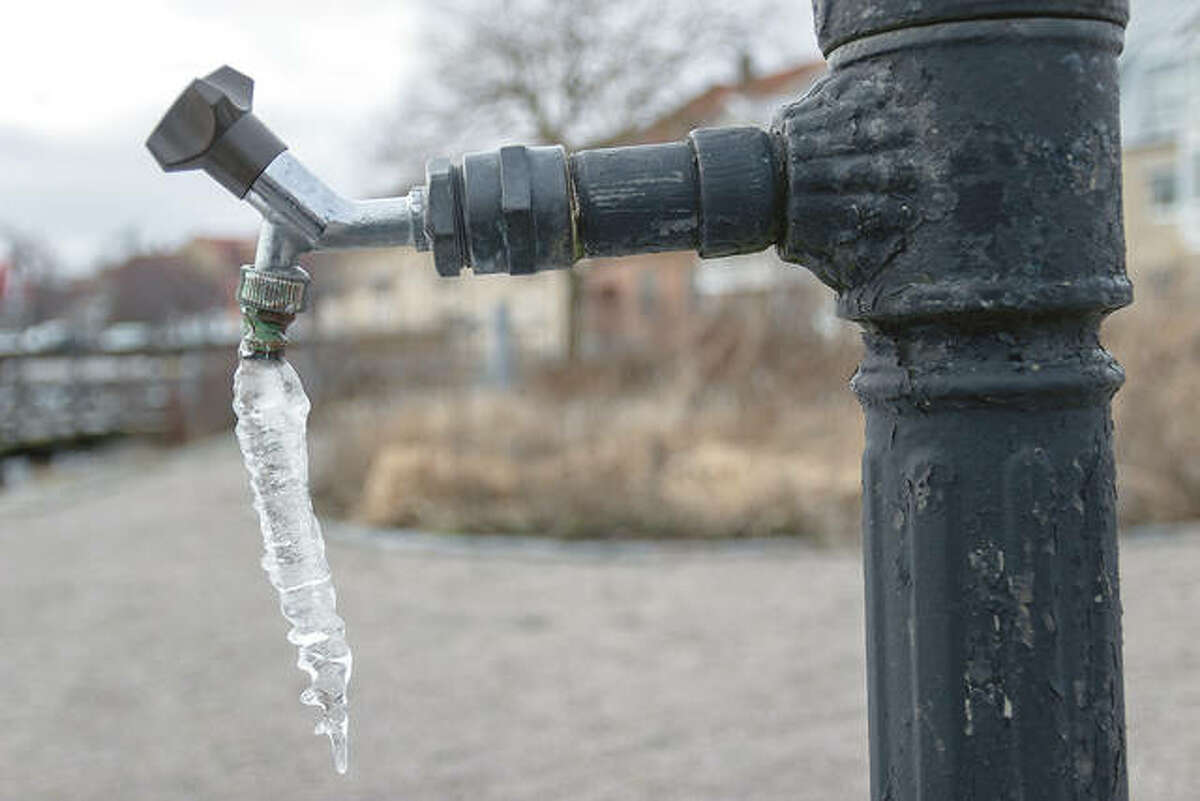Every person has their unique piece of advice involving 6 Ways to Prevent Frozen Pipes.

Winter can wreak havoc on your plumbing, particularly by freezing pipelines. Here's just how to avoid it from taking place and what to do if it does.
Introduction
As temperatures drop, the danger of frozen pipelines rises, possibly leading to expensive fixings and water damages. Understanding just how to prevent icy pipelines is important for home owners in cool environments.
Comprehending Icy Pipelines
What triggers pipes to ice up?
Pipes freeze when subjected to temperatures listed below 32 ° F (0 ° C) for prolonged durations. As water inside the pipelines ices up, it expands, taxing the pipe walls and potentially causing them to rupture.
Threats and damages
Frozen pipes can lead to water disturbances, home damages, and pricey repair services. Ruptured pipes can flooding homes and cause comprehensive architectural damages.
Indicators of Frozen Water Lines
Determining icy pipes early can avoid them from rupturing.
Just how to determine icy pipelines
Look for lowered water circulation from faucets, unusual smells or sounds from pipelines, and noticeable frost on revealed pipes.
Prevention Tips
Insulating prone pipelines
Cover pipes in insulation sleeves or make use of warmth tape to shield them from freezing temperature levels. Focus on pipelines in unheated or exterior locations of the home.
Heating strategies
Maintain indoor spaces sufficiently warmed, especially locations with plumbing. Open cupboard doors to enable warm air to distribute around pipelines under sinks.
Safeguarding Outdoor Plumbing
Yard pipes and outdoor taps
Detach and drain yard pipes prior to wintertime. Set up frost-proof spigots or cover outside faucets with shielded caps.
What to Do If Your Pipes Freeze
Immediate actions to take
If you presume frozen pipes, maintain taps open up to eliminate pressure as the ice melts. Utilize a hairdryer or towels taken in warm water to thaw pipes slowly.
Long-Term Solutions
Architectural adjustments
Think about rerouting pipelines away from outside walls or unheated locations. Include additional insulation to attic rooms, cellars, and crawl spaces.
Updating insulation
Invest in top quality insulation for pipelines, attics, and walls. Proper insulation helps keep constant temperature levels and reduces the threat of frozen pipelines.
Verdict
Avoiding icy pipelines calls for aggressive procedures and fast feedbacks. By understanding the reasons, indicators, and safety nets, home owners can shield their plumbing during winter.
6 Proven Ways to Prevent Frozen Pipes and Protect Your Home
Disconnect and Drain Garden Hoses
Before winter arrives, start by disconnecting your garden hoses and draining any remaining water. Close the shut-off valves that supply outdoor hose bibs and leave the outdoor faucet open to allow any residual water to drain. For extra protection, consider using faucet covers throughout the colder months. It’s also important to drain water from any sprinkler supply lines following the manufacturer’s directions.
Insulate Exposed Pipes
Insulating your pipes is an effective way to prevent freezing. Pipe insulation is readily available at home improvement stores and is relatively inexpensive. Pay close attention to pipes in unheated areas such as the attic, basement, crawl spaces, or garage. Apply foam insulation generously to create a buffer against the cold. You can also wrap your pipes in heat tape or thermostat-controlled heat cables for added warmth.
Seal Air Leaks
Inspect your home for any cracks or openings that could let in cold air. Seal any holes around the piping in interior or exterior walls, as well as the sill plates where your home rests on its foundation. Additionally, make sure to keep your garage door closed unless you’re entering or exiting. Leaving it open creates a significant air leak that can lead to frozen pipes.
Allow Warm Air Circulation
During cold snaps, it’s essential to allow warm air to circulate evenly throughout your home. Leave interior doors ajar to promote better airflow. Open kitchen and bathroom cabinets to help distribute heat consistently around the rooms. If you have small children or pets, be sure to remove any household chemicals or potentially harmful cleaners from open cabinets for safety.
Let Faucets Drip
A small trickle of water can make a big difference in preventing ice formation inside your pipes. When temperatures drop significantly, start a drip of water from all faucets served by exposed pipes. This continuous flow helps prevent the water from freezing. Additionally, running a few faucets slightly can relieve pressure inside the pipes, reducing the chances of a rupture if the water inside does freeze.
https://choateshvac.com/6-proven-ways-to-prevent-frozen-pipes-and-protect-your-home/

I was made aware of that write-up about How To Avoid Freezing Pipes through an associate on another web property. So long as you appreciated our page please consider to pass it around. Thank you so much for going through it.
Course Detail